(1).jpg)
Eleven Reasons to Celebrate World Wetlands Day!
1. Voluntary Conservation of Wetlands & Waterways
Our award-winning Unique Areas Program began with less than 30 voluntary conservation sites. Today it includes over 1450. Wetlands account for 167 of these sites. In total over 27,000km (16,777 miles) of watercourse protections are maintained by JDI. We work with many partners in setting aside special sites. Maine Natural Areas Program is one partner we work with to establish a conservation area unique wetlands as well as rare Furbish’s Lousewort populations along the St. John River.
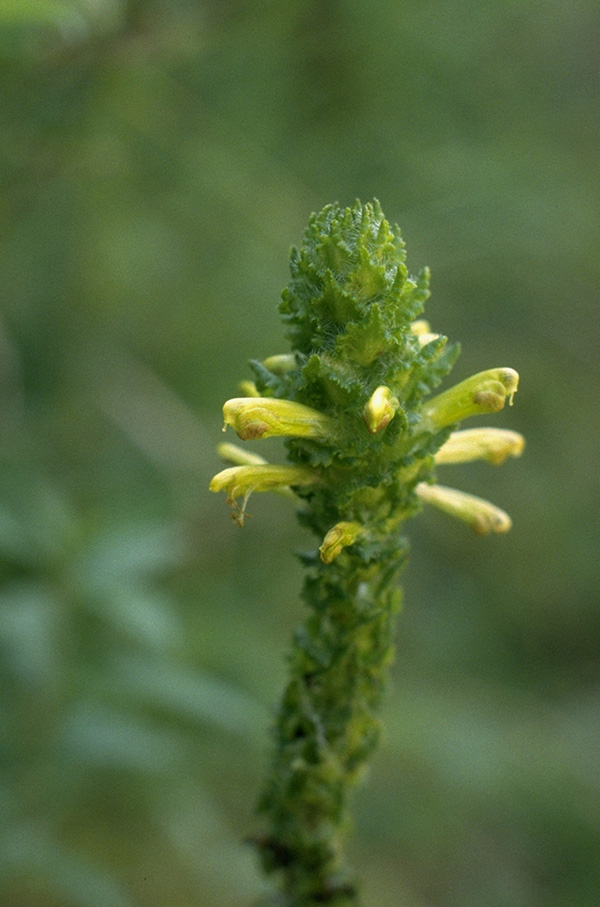 |
2. Saving Wild Atlantic Salmon with a Great CAST
CAST (Collaboration for Atlantic Salmon Tomorrow) is a partnership of scientists, environmental groups and industry participants. The focus is on saving wild Atlantic salmon before it’s too late. Today we are working on four science projects on the Miramichi river.
One of the major research projects we are supporting is the relationship between wetlands and the effects they have on influencing river water temperatures. This is extremely important in this era of warming climates, as salmon and trout are negatively affected by warmer water.
This wetland research conducted by the Canadian Rivers Institute and the University of New Brunswick is yielding interesting preliminary results. Wetlands can have both cooling and warming effects on the water that flows from them based on under-lying geology and their location in the watershed.
Visit CastforSalmon.com for more details on the CAST project.
3. The Irving Nature Park
The Irving Nature Park in Saint John is a favorite… with locals, visitors and Trip Advisor! The park has a variety of wetland types within it; a 200+ acre saltmarsh, a small freshwater wetland within the Children’s Forest and good-sized forested wetland on the island that is featured in the Frog Trail. Over 249,000 people visited the park last year.
The size, diversity of plants and protection under its park status make it a great place for waterfowl to seek refuge, feed and rest. Over two dozen species of ducks (diving and dabbling) as well as a large variety of shorebirds and long-legged waders such as great blue heron and snowy egrets are often found within this wetland.
4. La Dune de Bouctouche
The Irving Eco-Centre: La Dune de Bouctouche is located on the Northumberland Strait of New Brunswick. It was developed by JDI to preserve and restore one of the few remaining great sand dunes on the northeastern coastline of North America.
The 12 km (7.5 miles) dune is home to a rich variety of marine and aquatic plants and animals, especially shorebirds and other migratory birds. Visitors can use the 800-meter boardwalk stretching along the dune to explore both the dune's wilderness and its salt marsh without endangering the sensitive ecosystems.
Educational and interpretive displays and public tours are offered at the Irving Eco-Centre. In 2018, the park hosted 21 special events and visits from 25 schools.
The Eco-Centre continues to be recognized as a Top Attraction on Trip Advisor and has been recognized by the British Airways Tourism for Tomorrow program. The park also received the Phoenix Award for Outstanding Accomplishment in Conservation and Preservation from the Society of American Travel Writers.
Since 1997, the park has welcomed over 2.5 million visitors. Nearly 51,000 have been part of school visits alone.
5. Beach Cleanup
During the “Walk the Full Dune” activity dozens of walkers registered in the Great Canadian Shoreline Cleanup and picked up 780lbs of garbage along the Bouctouche Dune; a conservation initiative of World Wildlife Fund.
6. Marram Grass
More than just Trees! – Since 1997, the Sussex Tree Nursery has been growing marram grass (Ammophila breviligulata) in amongst tree seedlings for the Irving Eco-Centre: La Dune de Bouctouche and its efforts to help mother nature stabilize its shifting sands and keep our coastal wetland and the Dune intact. We offered the chance to plant the marram grass to school groups along the Dune in areas hit hard by storms. To date, over 28,000 plants have been placed in the Dune. We have also worked with environmental groups and communities on other low-lying areas along the Northumberland Coast by providing marram seedlings for their restoration projects.
7. Project Webfoot – For the Next Generation of Environmentalists
Project Webfoot brings students (typically Grade 4 level) to the Irving Nature Park for a day of wetland awareness, through games, activities and stories – all to heighten the students knowledge of why wetlands are important. To date, almost 15,000 students have been through this program with parks staff and educators from Ducks Unlimited. Students spend time learning how to properly use binoculars and spotting scopes to properly identify the various species of birds and mammals found in and around the marsh as well as the small freshwater wetland within the Children’s Forest. Other activities have the youth using small nets to scoop up some of the wetland bugs and fish, placing them in small tanks for identification and discussion before being placed back in the pond
Recently, the Irving Eco-Centre has started offering this wetland program to classes in the area around Bouctouche and are enjoying similar success.
Beach Clean Up with World Wildlife Fund
8. Ducks Unlimited
J.D. Irving, Limited (JDI) has 34 conservation sites in partnership with Ducks Unlimited Canada (DUC) in New Brunswick and Nova Scotia.
“To make real progress in conservation, Ducks Unlimited Canada puts significant focus on partnerships with both government and the private sector. We are very pleased to work with JDI, an industry leader in the forest sector to enhance the habitat value of the forests in New Brunswick and Nova Scotia,” says Tom Duffy, Manager of Atlantic Operations for DUC.
9. Nature Conservancy
JDI is an active supporter of the Nature Conservancy of Canada (NCC). We were pleased to be part of the largest private conservation project ever in Atlantic Canada which included significant habitat in the Tusket River Headwaters area of Digby County, Nova Scotia. The land encompasses all or portions of three lake shorelines and sections of the Silver and Caribou Rivers, all of which form the headwaters of the Tusket River system. The Tusket River is globally significant for the number of rare plants found in downstream reaches within Yarmouth County.
Rare plants A joint effort by biologists with both organizations revealed the presence of Van Brunt’s Jacob’s-ladder during a plant survey on J.D. Irving, Limited property along a tributary of Dipper Harbour Creek in south western New Brunswick. Van Brunt’s Jacob’s-ladder is a delicate flowering plant that produces showy purple flowers during spring and early summer. Van Brunt’s Jacob’s-ladder is only known to exist in a handful of locations in Canada, in New Brunswick and Quebec. This discovery is a new sub population of the plant, which has been found growing at only two sites in the province.
| |
10. Our People.
It takes a great team and a big investment in training and research to ensure wetland habitat and waterways are protected. For our wildlife biologist and over 100 forest professionals plus our naturalist this is an everyday commitment. Over 1500 hours of training are completed each year regarding habitat and watercourse protection.
11. Protecting the Last Fully Functioning Estuary on the Bay of Fundy
Efforts of dedicated volunteers and environmental groups to protect the Musquash Estuary in New Brunswick received a boost when JDI donated 163 hectares (403 acres) of ecologically significant land. The area is the last fully functioning estuary in the Bay of Fundy. An extraordinarily diverse number of habitat types occur here including salt marshes, mudflats, forested uplands, bogs and cobble beaches.
85 percent of the salt marshes originally found in the Bay of Fundy have been lost to development, being able to protect the estuary in its natural state is extremely important ecologically.
Questions about our Healthy Forest Approach? Read the FAQ.
(1).png?n=7605)



.jpg)




.jpg)



.jpg)




.jpg)
.jpg)



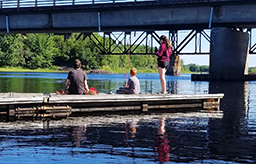


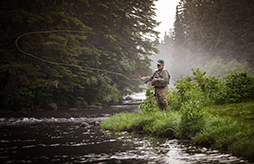


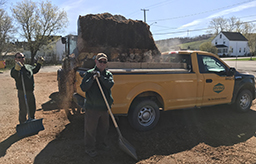








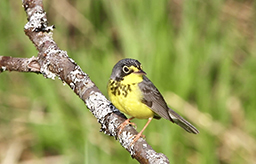






_small.jpg)




.jpg)



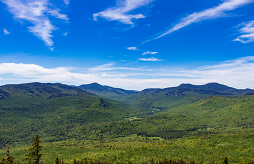

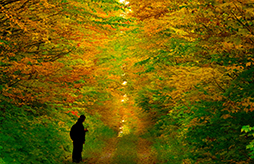
.jpg?n=6166)
.jpg)



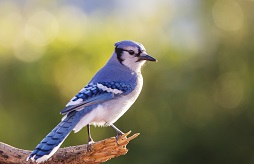

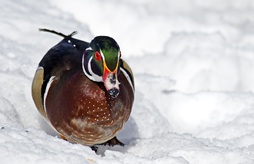
.jpg)

